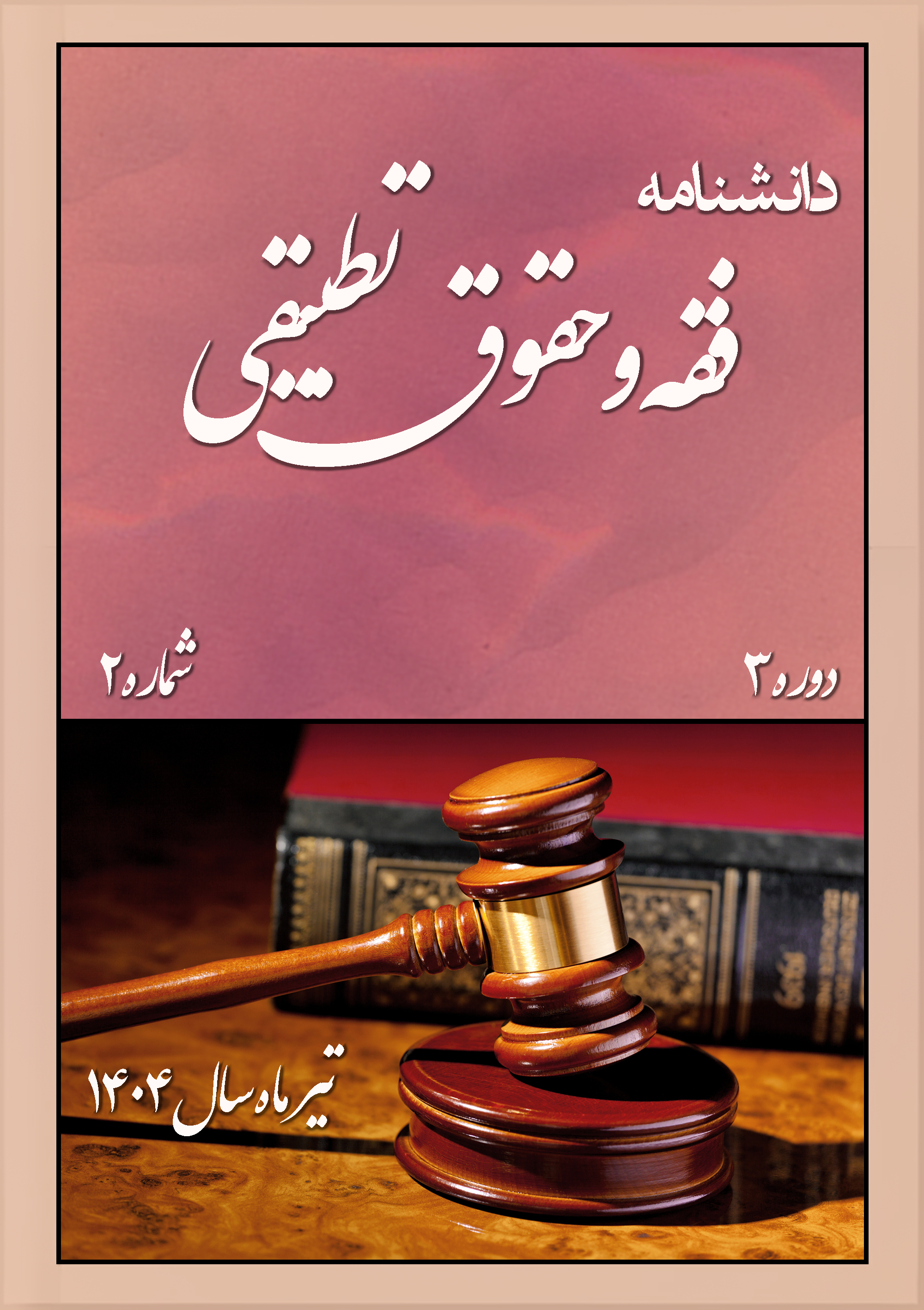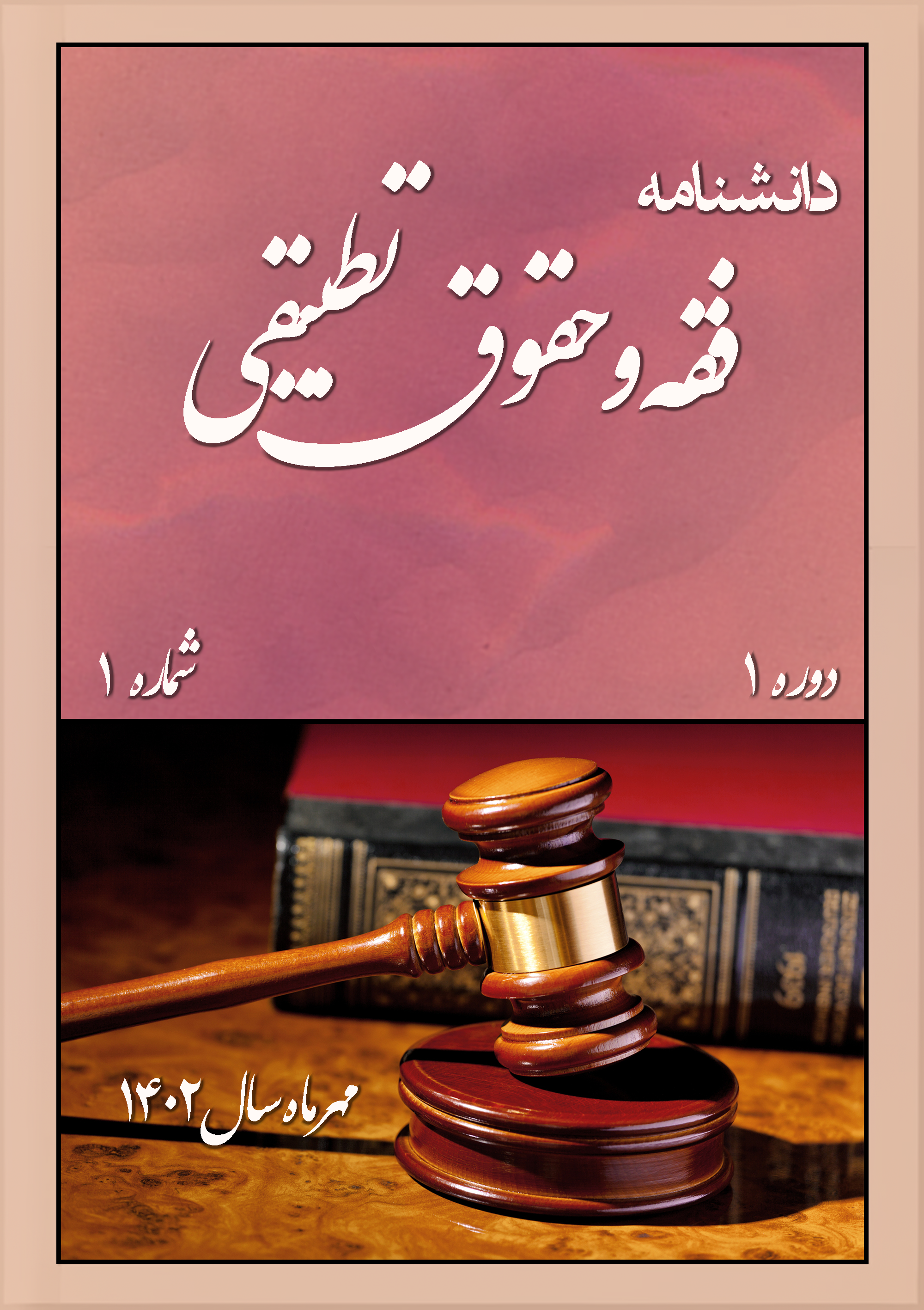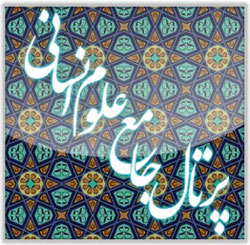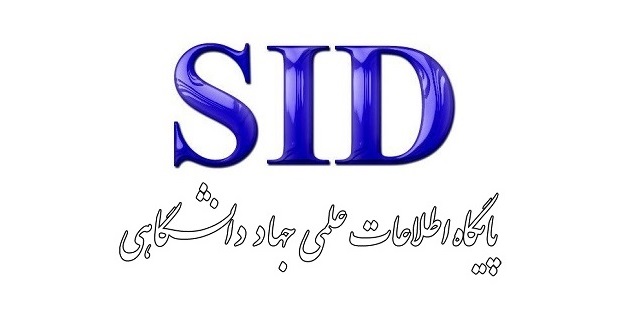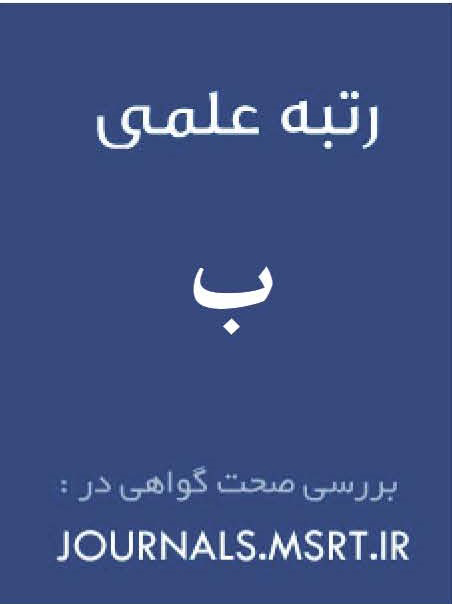تحلیل بزه دیده شناختی آسیب دیدگان جنایات جنگی در پرتو آموزههای فقهی
کلمات کلیدی:
جنایات جنگی, بزه دیدگان غیرنظامی, حقوق کیفری بین المللی, حقوق کیفری اسلامی.چکیده
تاریخ بشر از آغاز تاکنون مملو از منازعات، درگیریها و جنگهای بزرگ و کوچک بوده است. یکی از ارکان مهم در این میان، توجه به بزه دیدگان و نیازها و حقوق آنان است. بزه دیده از نخستین روزهای پیدایش حقوق کیفری در جوامع باستانی تا دوران معاصر، نقشی عمده در دعاوی کیفری ایفا کرده و به عنوان یکی از بازیگران اصلی این عرصه محسوب میشده است. ظهور جنبشهای بزه دیده شناسی در دهههای اخیر و تأثیر آنها در کاهش جرایم، جرم شناسان را به چشم اندازهای جدیدی مانند بزه دیدگان غیرنظامی و حمایت از آسیب دیدگان جنایات جنگی معطوف کرده است. در حال حاضر، جنایات جنگی با شیوههای گوناگون و قربانیان متعدد، حیات بشر را تهدید میکند. این موضوع ضرورت پژوهش توصیفی-تحلیلی را برای بررسی راهکارهای حمایت از بزه دیدگان ایجاد کرده است. آنچه در این زمینه اهمیت ویژه دارد، اتخاذ سیاستهای کاربردی در راستای حمایت از حقوق آسیب دیدگان است. هدف اصلی پژوهش حاضر، تحلیل بزه دیده شناختی آسیب دیدگان جنایات جنگی در پرتو آموزههای دینی است. نتایج این مطالعه نشان میدهد که در حقوق بشردوستانه معاصر، قواعد مشخصی برای مدیریت جنگ و مقررات حاکم بر آن تدوین شده است. بااین حال، اصولی که امروز در نظام حقوق بین الملل مورد تأکید قرار گرفته اند، پیش تر در تعالیم اسلامی، حتی پیش از ظهور قواعد رسمی حقوق بشر در زمان جنگ، وجود داشتهاند.
دانلودها
مراجع
Abdollahi, M., & Nasiri-Mahalati, Z. (2007). A report on the latest developments in the violation of Iran's immunity in US courts. Yearbook of Comparative and International Law, 3(1).
Abduh, M. (1989). Commentary on Nahj al-Balagha. Al-Istiqaamah Press.
Abdul Baqi, N. A. (1991). Public International Law. Dar Al-Adhwa.
Ahmadnia, H., & Ahmadnia, Z. (2021). The Evolution of Criminalization of War Crimes in the Statutes of Five International Criminal Courts. Comparative Criminal Jurisprudence, 1IS - 1, 17-28.
Akhgari Bonab, N., Lotfi, A., & Faghihi, M. (2009). Investigative Study of Humanitarian Law in Islamic Sources and International Documents: Protected Persons in Armed Conflicts. Hasti Nama.
Atabaki, P. (1997). The Legacy of Wisdom: Translation of Tuhaf al-Uqul. Farzan Rooz.
Bayliss, J., Wirtz, J., Cohen, E., & Gray, C. (2018). Strategy in the Contemporary World: An Introduction to Strategic Studies. Abrar.
Beigi, J., & Nejati, J. (2021). Strategies of International Policy-Making Systems Regarding the Crime of Persecution and Its Criminalization in Iranian Law. Majles and Strategy(108), 357-387.
Eslami, E. (2016). The Status of Victim Protection in Cybercrime in Domestic and International Criminal Laws. Islamic Law, 17(1), 157-182.
Hakim, S. M., Khosroshahi, G., Namamian, P., & Shokaribigi, A. (1999). The Ethics of War or War Piety in Islam Crime Prevention in Light of Religious Teachings. Articles and Reviews, 6(65), 39-62.
Hashemi, V., Javadi, M. H., & Jafarzadeh, S. (2023). Rights of Civilian Victims in War from the Perspective of Islamic Ethics and International Documents. Ethics in Science and Technology, 18(3), 1-9.
Hatami, M., & Asadi, O. (2019). The Origins of Victim Rights in Islam and Iran Compared to the Statute of the International Criminal Court. Studies in Jurisprudence and Principles, 2(1), 167-190.
Ibn Kathir Al-Dimashqi, I. b. U. (1998). Al-Bidaya wa Al-Nihaya. Maktabat Al-Ma'arif.
Jalali, M., & Maghami, A. (2018). Interaction between Iranian law and international criminal law in criminalizing the use of chemical weapons. Name Mofid, 70.
Javani, J. (2011). Examining War Crimes in the Statute of the International Criminal Court Tehran.
Khezri, S. M. (2014). Government immunity from the perspective of international law. Research of Legal Ideas, 3(2).
Kity Chaisari, K. S. (2004). International Criminal Law. SAMT Publications.
Kulayni, M. b. Y. q. (2014). Usul al-Kafi. Dar Al-Thaqalayn.
Lal Alizadeh, M. (2015). Comparative Study of Victim Participation in Specialized International Criminal Courts and the International Criminal Court. Comparative Law Studies, 6(2), 773-792.
Mahmoudnia, M., & Hosseini, S. E. (2021). The Principle of Distinction in Humanitarian Law for the Protection of Civilians. Public Law Thoughts, 13(23), 7-26.
Majlesi, M. B. (1983). Bihar al-Anwar. Dar Ihya Al-Turath Al-Arabi.
Mansourabadi, A., & Foroughi, F. (2016). Criminal Procedure 1. Mizan Publications.
Mohaghegh Damad, S. M. (1996). Drafting International Humanitarian Law and Its Islamic Concept. Legal Research(18), 147-210.
Mughniyah, M. J. Fiqh of Imam Sadiq. Ansarian Publications.
Najafi, M. H. (1984). Jawahir al-Kalam. Dar Ihya Al-Turath Al-Arabi.
Negahdari, O. (2007). Civilian Warfare and Humanitarian Law in Islam. Ma'rifat, 16(16SP - 33), 46.
Pourbafrani, H. (2018). International Criminal Law. Jangal Publications.
Salimi, A. (2017). Victimological Approach in the Quranic Theory of Deviance. Cultural and Social Knowledge, 8(4), 23-44.
Sharifi Tarazkouhi, H. (1996). The Law of War. Research Institute of Defensive and Strategic Sciences, Imam Hossein University.
Shiri, A. (2016). The paradigms of criminal justice, punitive justice and restorative justice. Journal of the Faculty of Law and Political Science. University of Tehran, 74.
Shoupai Jouibari, R., & Emami, M. (2016). Encyclopedia of Islam and International Humanitarian Law. Mizan Publications.
Tabatabai, S. M. H. (2008). Al-Mizan fi Tafsir al-Quran. Raja Cultural Publishing Center.
Tusi, M. b. H. (2007). Tahdhib al-Ahkam. Noor Wahy.
Wallin, L. (2006). Victims and Witnesses in International Crimes: From the Right to Protection to the Right to Expression. International Law Journal, 23(34), 33-56.
Yekta, H. (2010). The use of chemical weapons in the Iran-Iraq war, last part. Journal of Negine Iran, 2(5).
Ziaei Bigdeli, M. (2001). The Law of War (International Law of Armed Conflicts). Allameh Tabataba'i University Press.
دانلود
چاپ شده
ارسال
بازنگری
پذیرش
شماره
نوع مقاله
مجوز
حق نشر 2025 حسن شوندی, حیدرعلی جهان بخشی, سیدحسن عابدیان کلخوران (نویسنده)

این پروژه تحت مجوز بین المللی Creative Commons Attribution-NonCommercial 4.0 می باشد.
